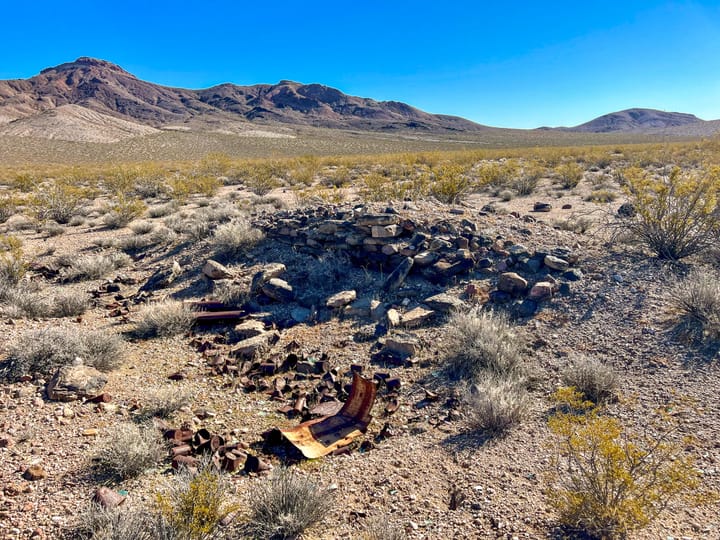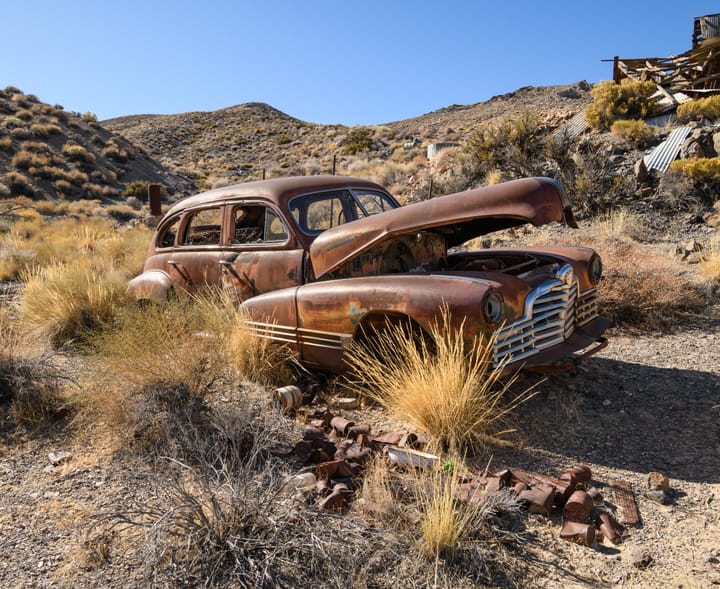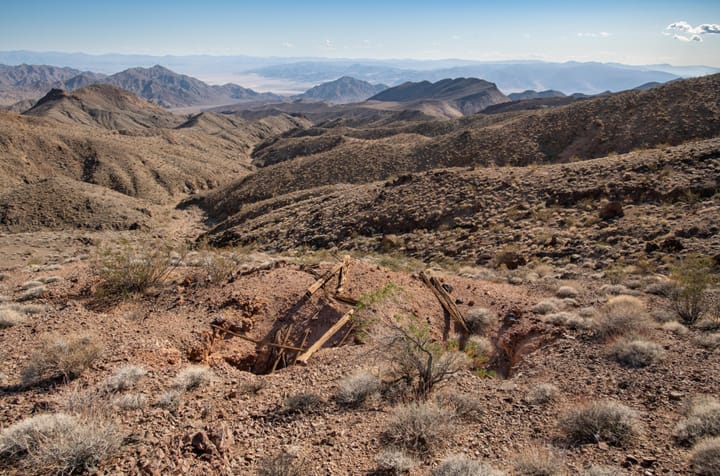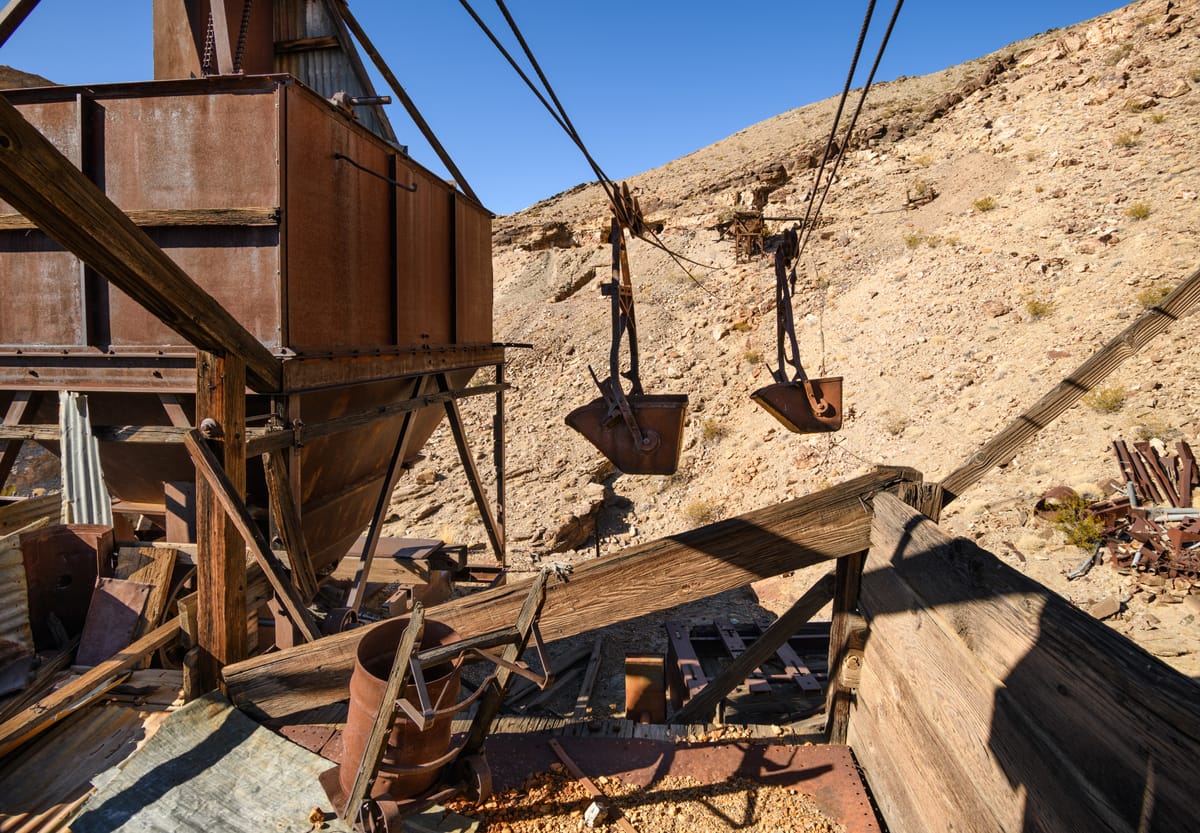Read next

Mother Wood's Saloon, Death Valley
One of the things that I love most about a place like Death Valley is that you never know what you might discover literally anywhere. From the (at least) 12,000 year history of known & unknown Native American tribes that have called this place home to the ephemeral boom-towns

Greene Denner Drake Mill
Tucked away in a small canyon just off of Emigrant Canyon/Wildrose Road, on the slopes of the northern Panamint Mountains at 5,020 feet elevation, sits the Greene-Denner-Drake Mill. Forever in the shadow of its more famous neighbor, Skidoo, this quiet spot sees few visitors. This little camp contains

Graham Mine
Prospectors flooded into the southern Black Mountains during the Greenwater mining boom of the early 1900s, scouring every canyon and wash. The Rhodes Spring area as well as Virgin Spring Canyon saw intermittent activity, with limited productive mining resulting (See Lost Rhodes Mine). The remote location with its subsequent high
